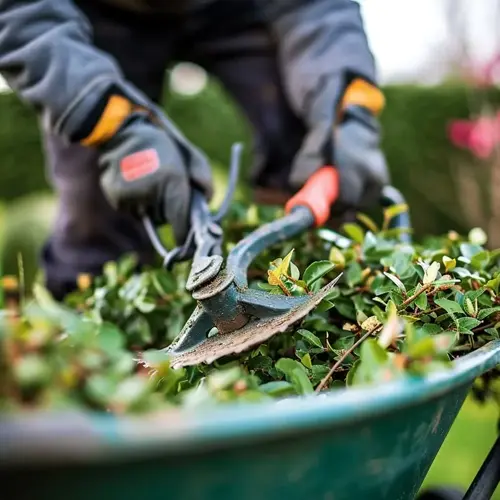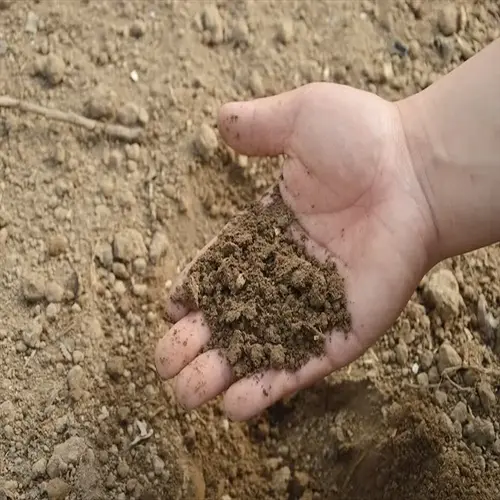Can eggshells benefit tomato plants?

Written by
Nguyen Minh
Reviewed by
Prof. Martin Thorne, Ph.D.Eggshells can help provide calcium for tomato plants and help prevent issues like blossom end rot. This can help because it promotes the creation of strong cell walls for fruit to develop. For years, I've collected and saved crushed shells throughout the winter in a large bucket to use next spring to improve the health and sustainability of my tomato plants. Correctly preparing the eggshell also allows for the slower release of nutrients while not altering the pH.
Clean and crush eggshells well before utilizing. Rinse them off to remove eggs that attract pest species. Bake at 200°F (95°C) for approximately 10 minutes to sterilize. Crush into small bits for quicker decomposition. This preparation also eliminates odor issues and creates the optimal ecosystem for your yard.
Calcium Supply
- Prevents blossom end rot in developing fruits
- Strengthens cell walls for firmer tomatoes
- Provides slow release calcium over 3-4 months
Pest Deterrence
- Sharp edges deter slugs and cutworms
- Creates physical barrier against crawling insects
- Combine with diatomaceous earth for enhanced effect
Soil Improvement
- Aerates heavy clay soils when mixed in
- Improves drainage without altering pH significantly
- Adds trace minerals like magnesium and potassium
Shape oyster shells correctly around tomatoes. Create a 3-inch ring around each base of the plant. Keep the oyster shells from coming into contact with the plant tissues. Water well after application to the water. This will start the decomposition process. This method provides calcium right to the root zones.
Utilize eggshells with appropriate amendments, such as coffee grounds, to provide balanced nutrition. These can also be added to the compost with vegetable scraps. These mixtures will promote complete plant nutrition, and your tomatoes will experience greater disease resistance.
Store prepared eggshells correctly. Store dried shells in airtight containers, labeling them with the preparation dates. For optimal results, use within 6 months. This preserves their nutritional value for seasonal applications.
Read the full article: Best Tomato Companion Plants

